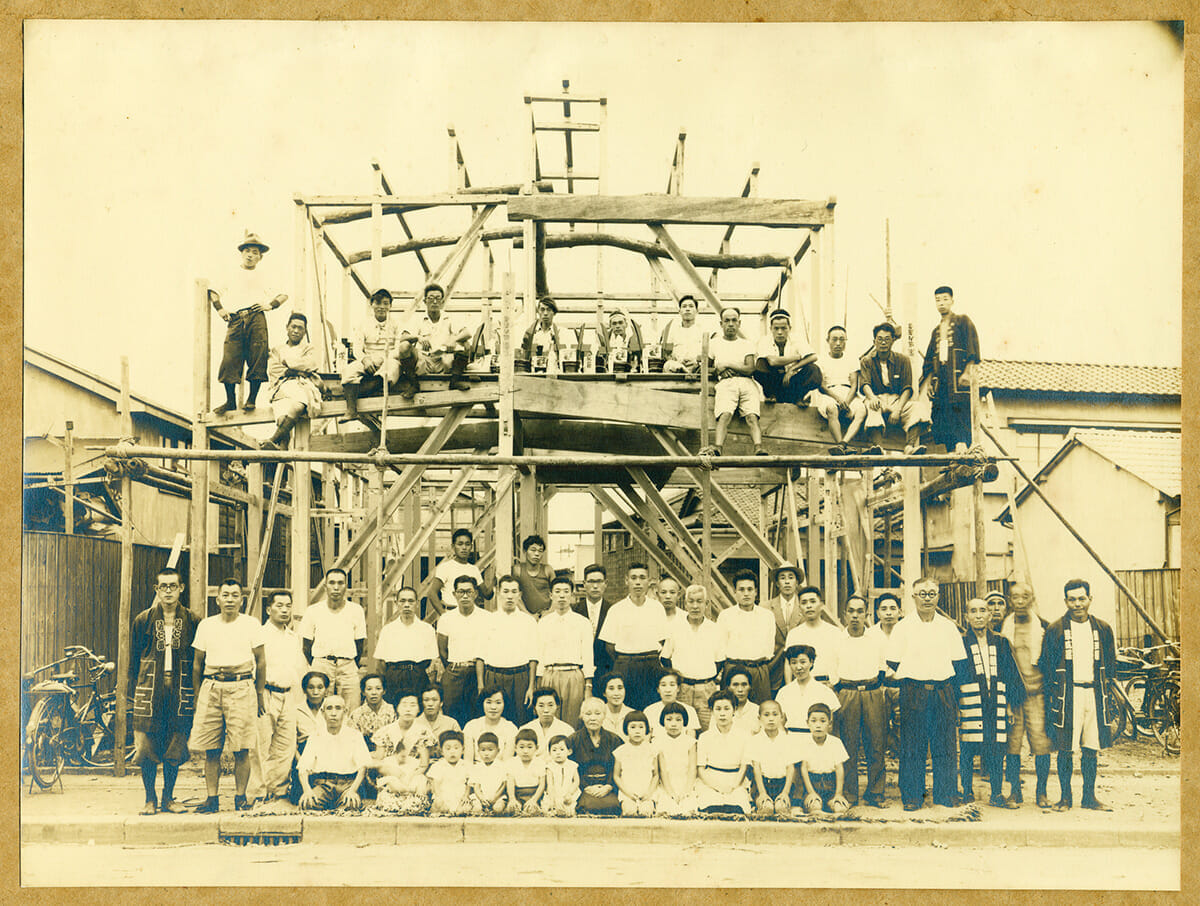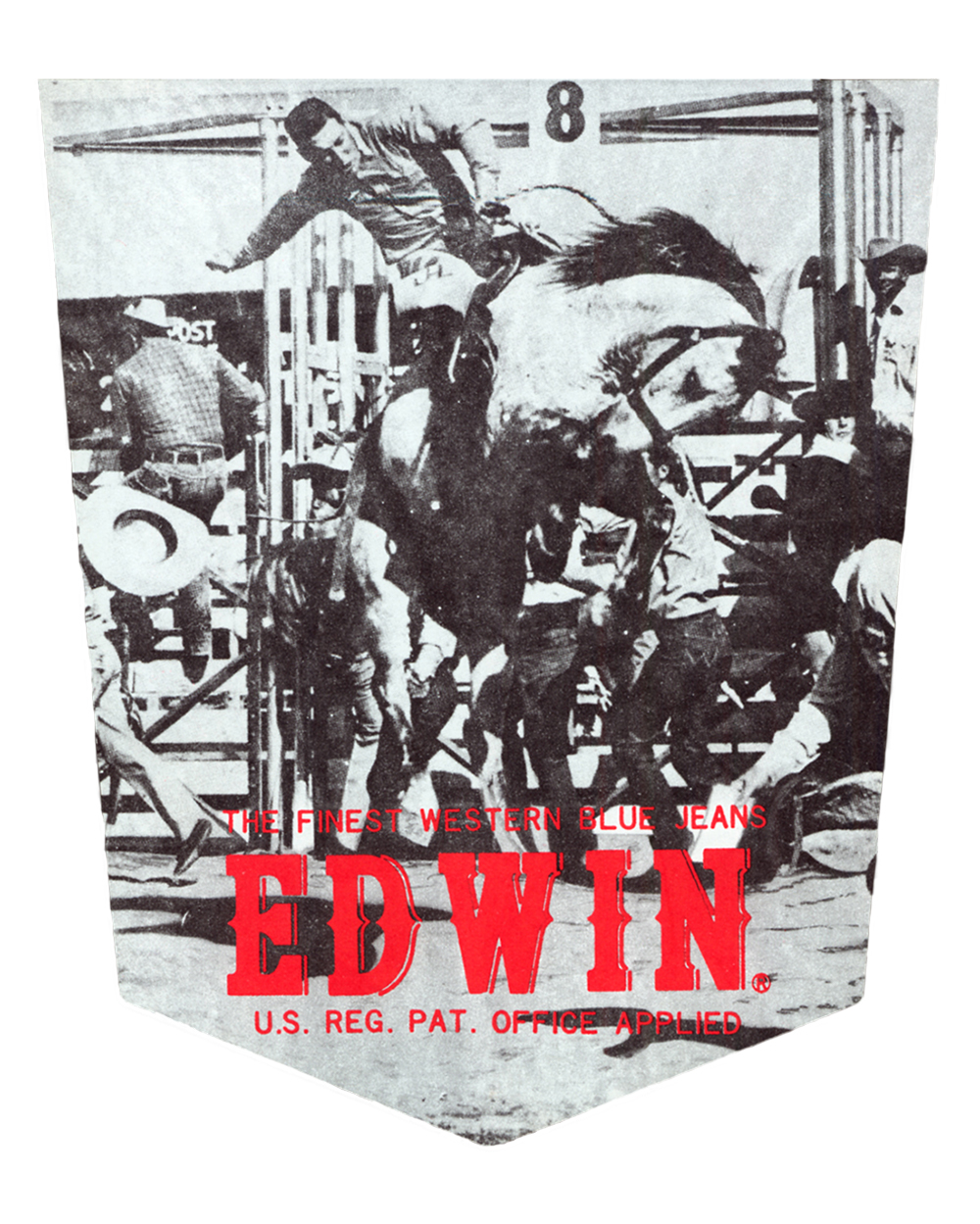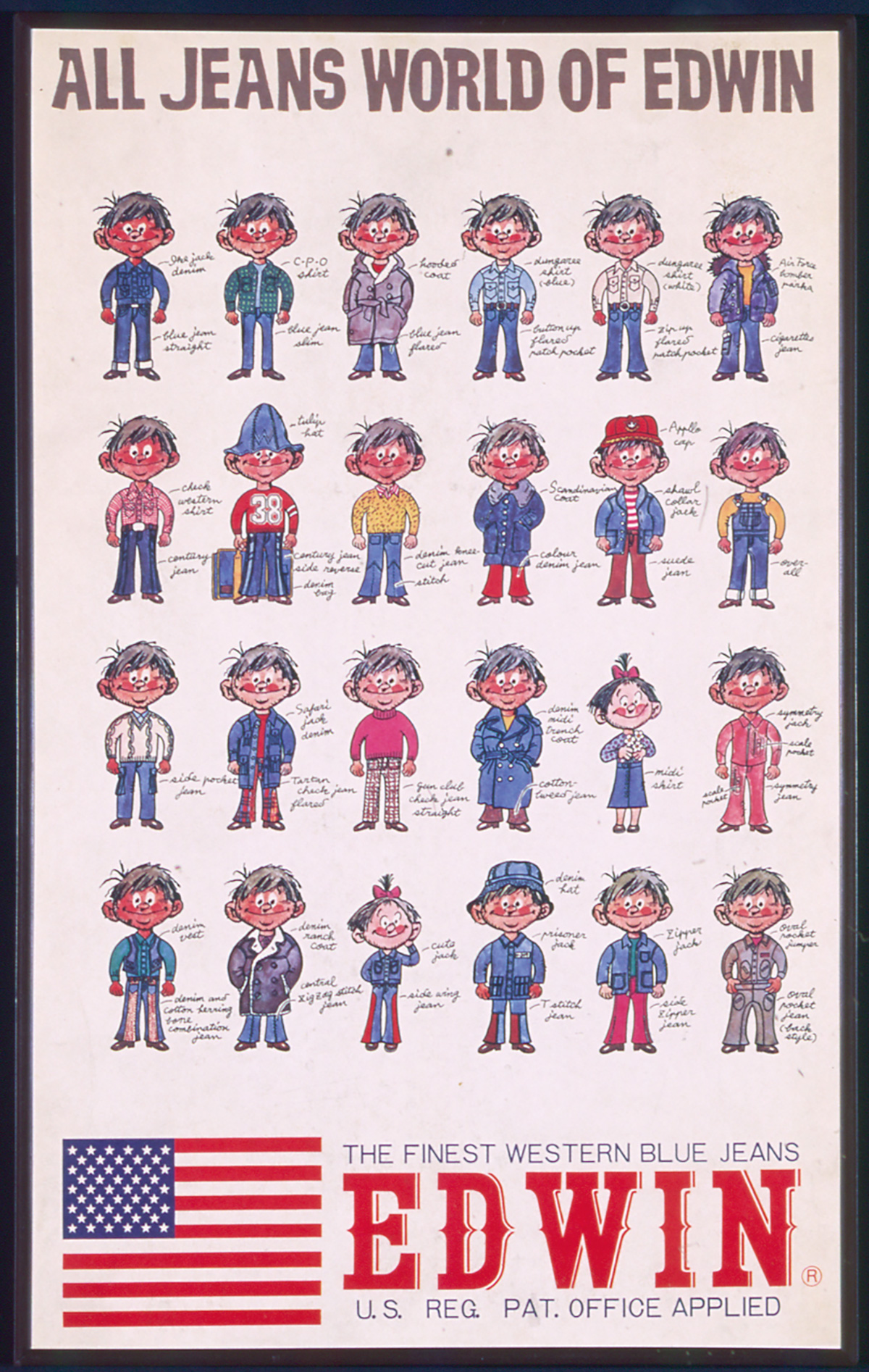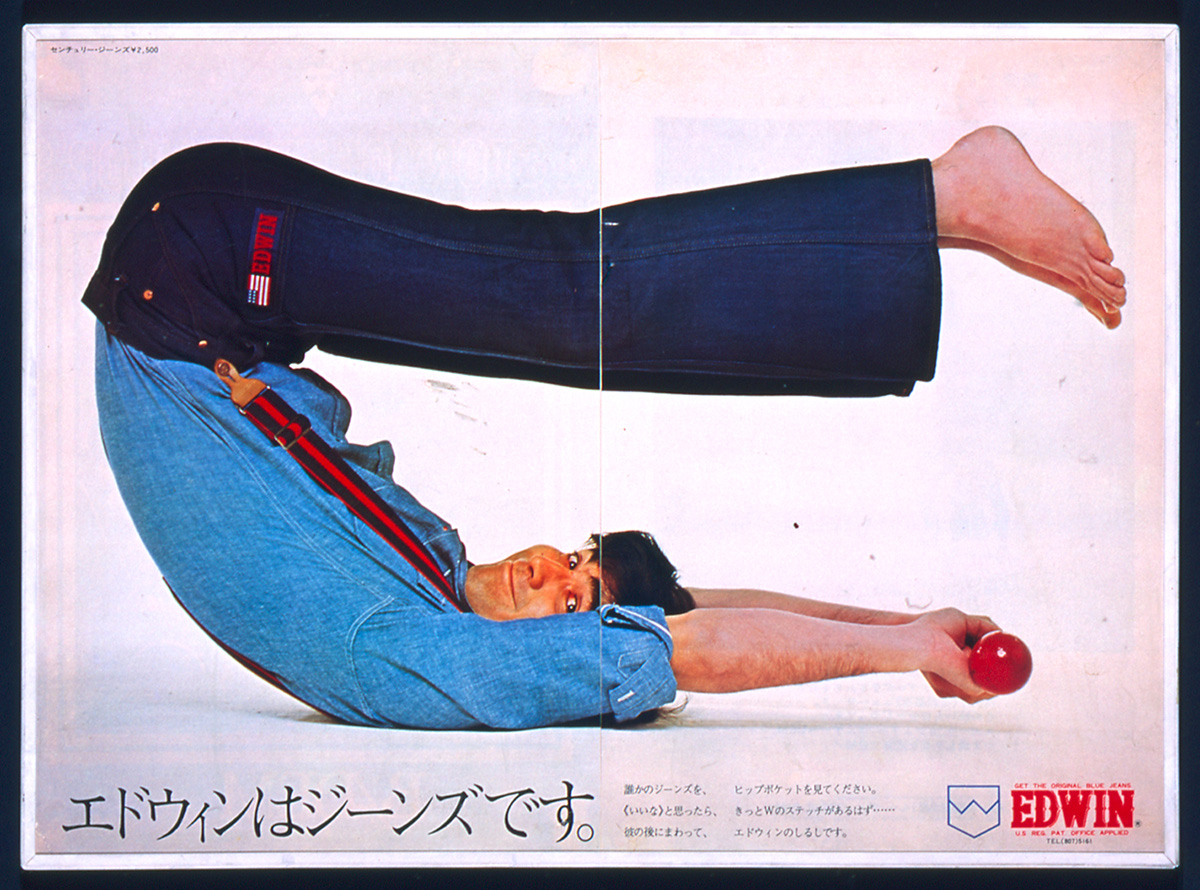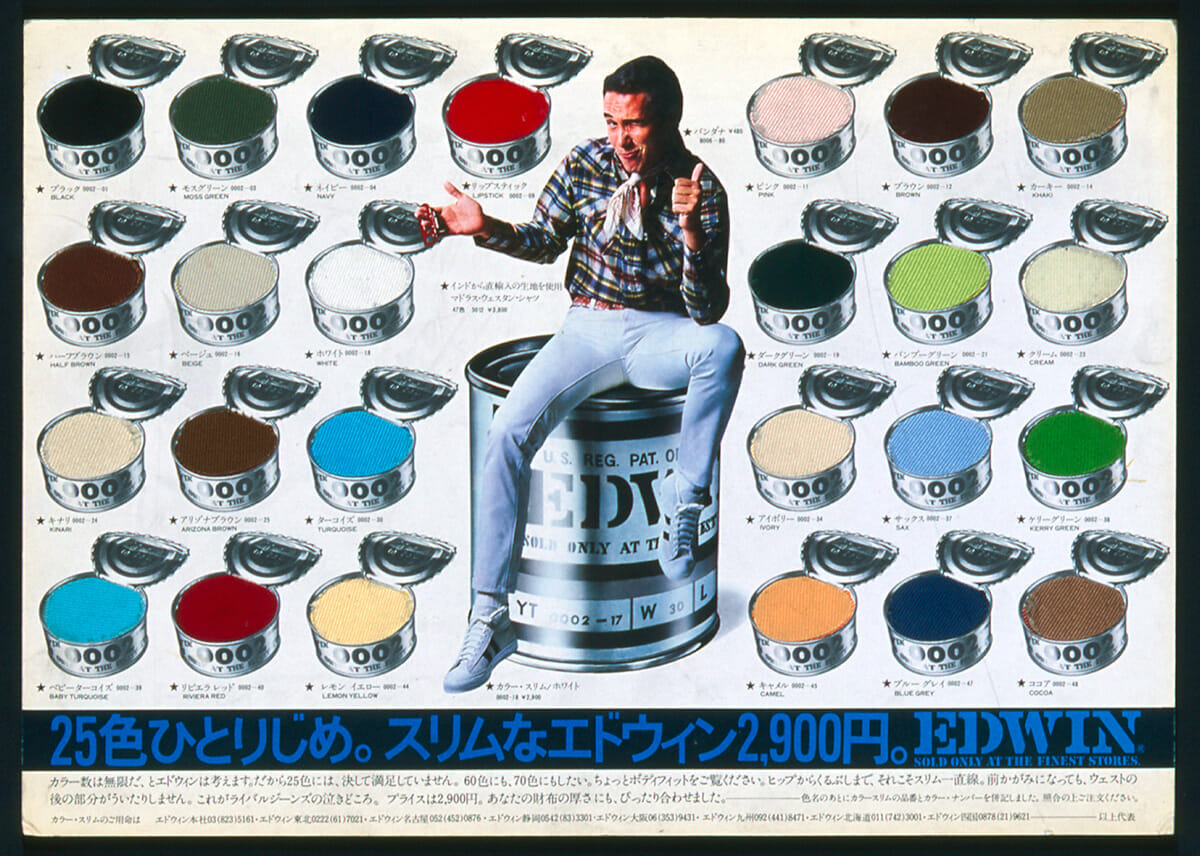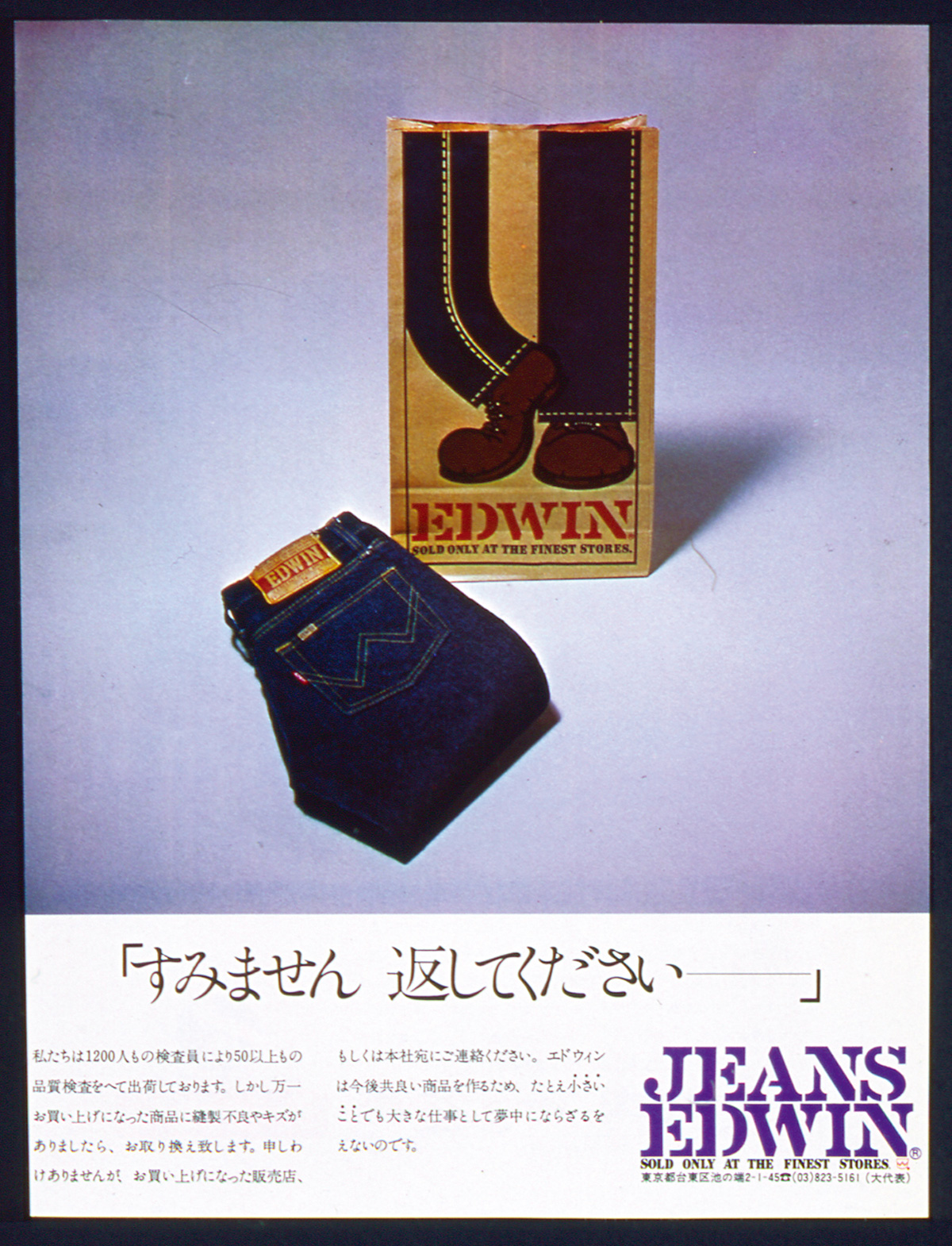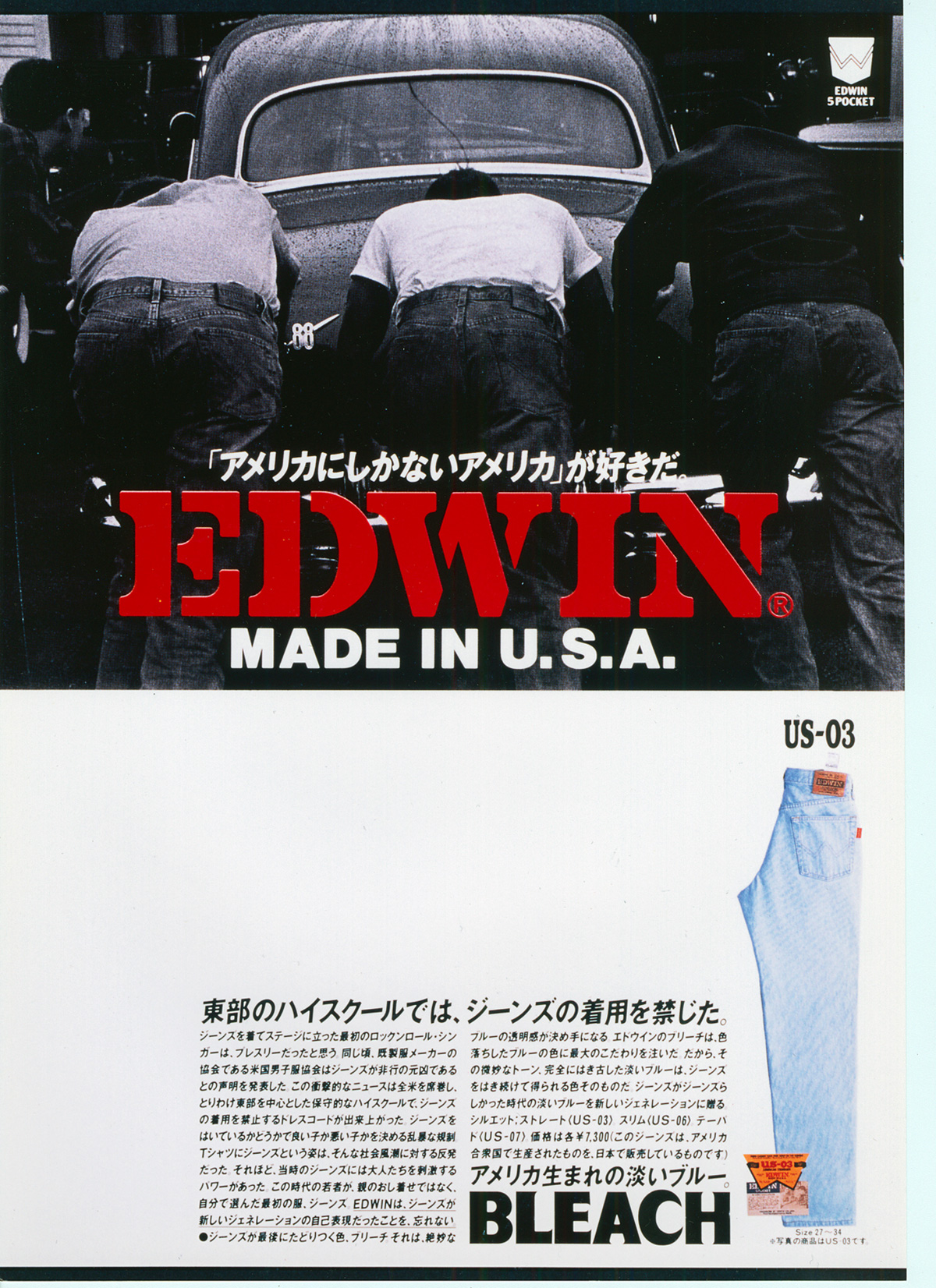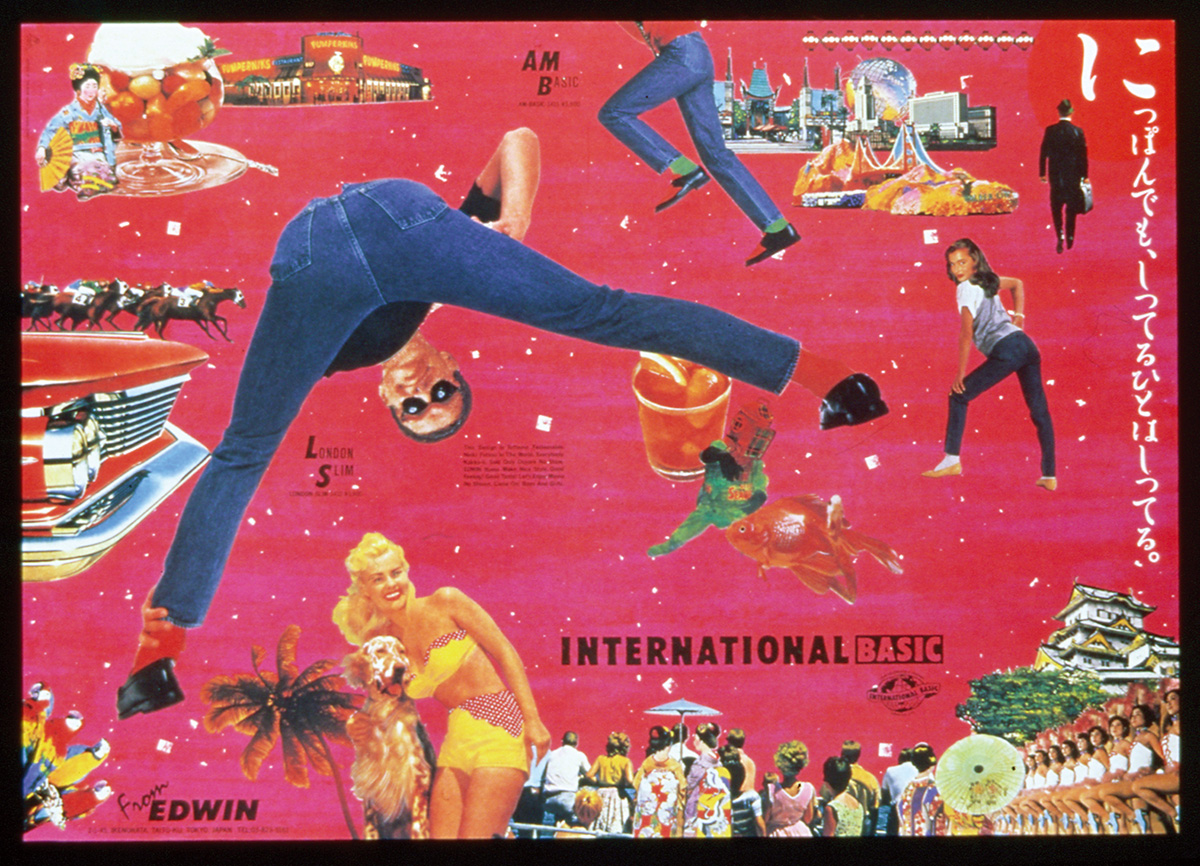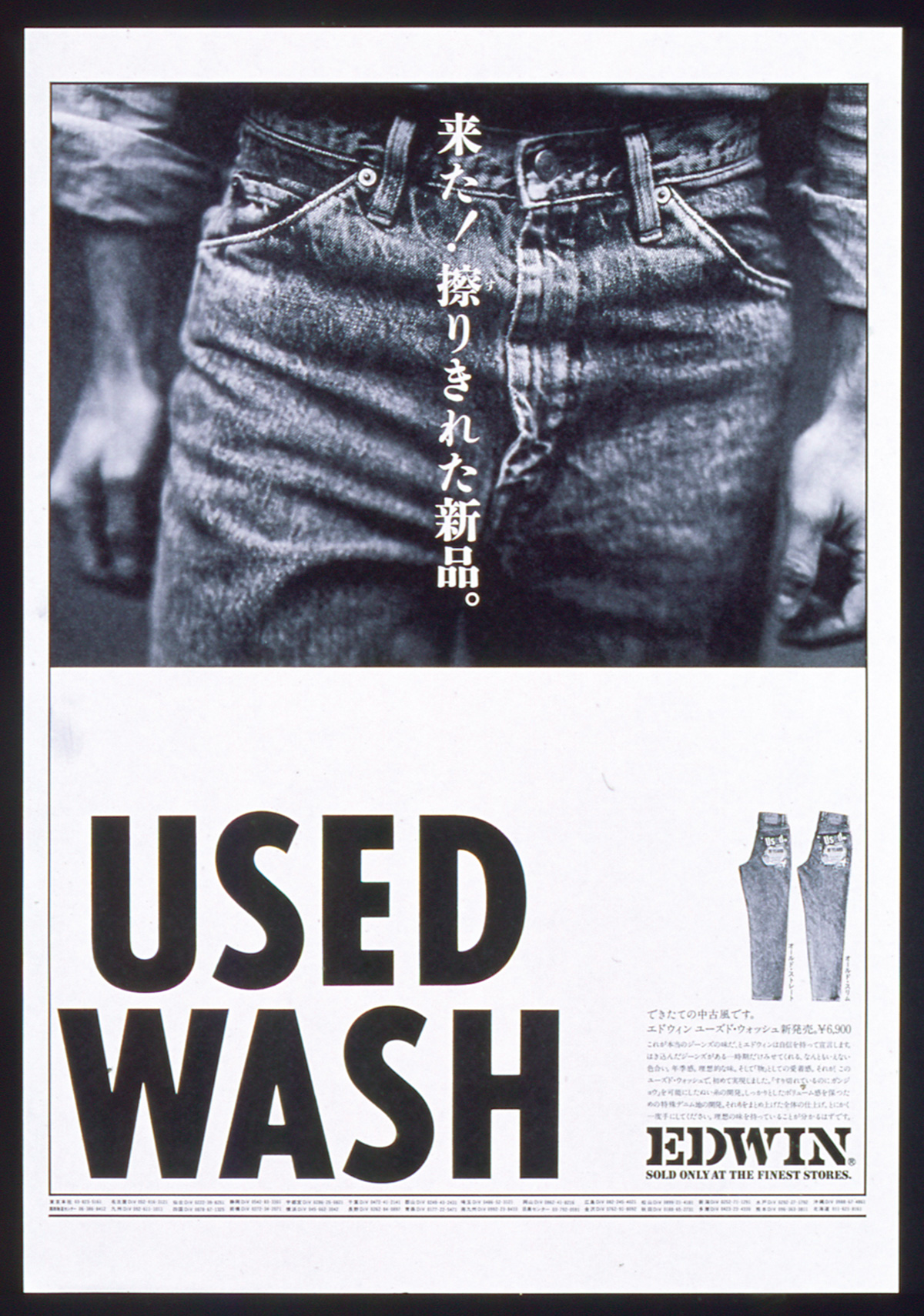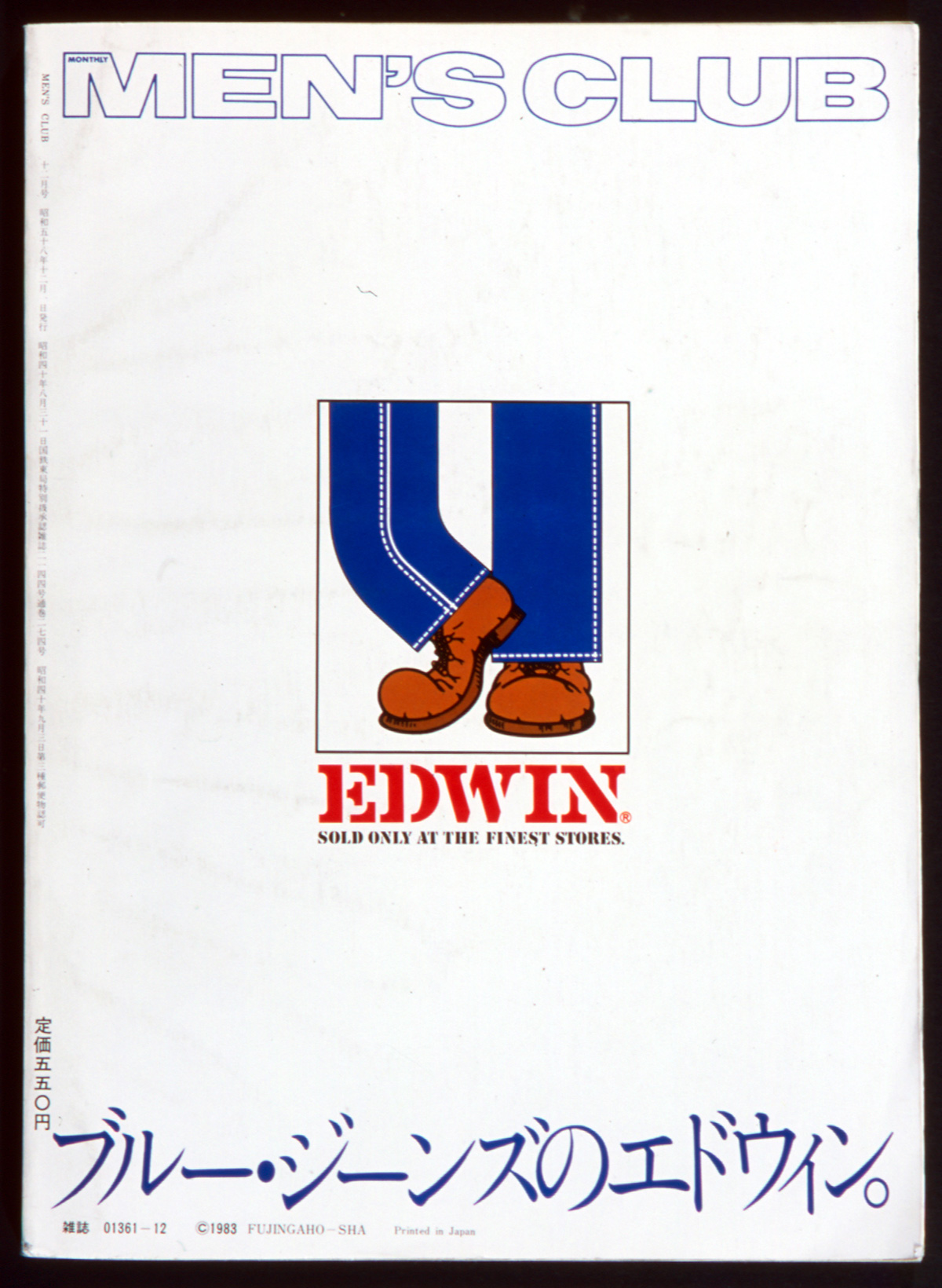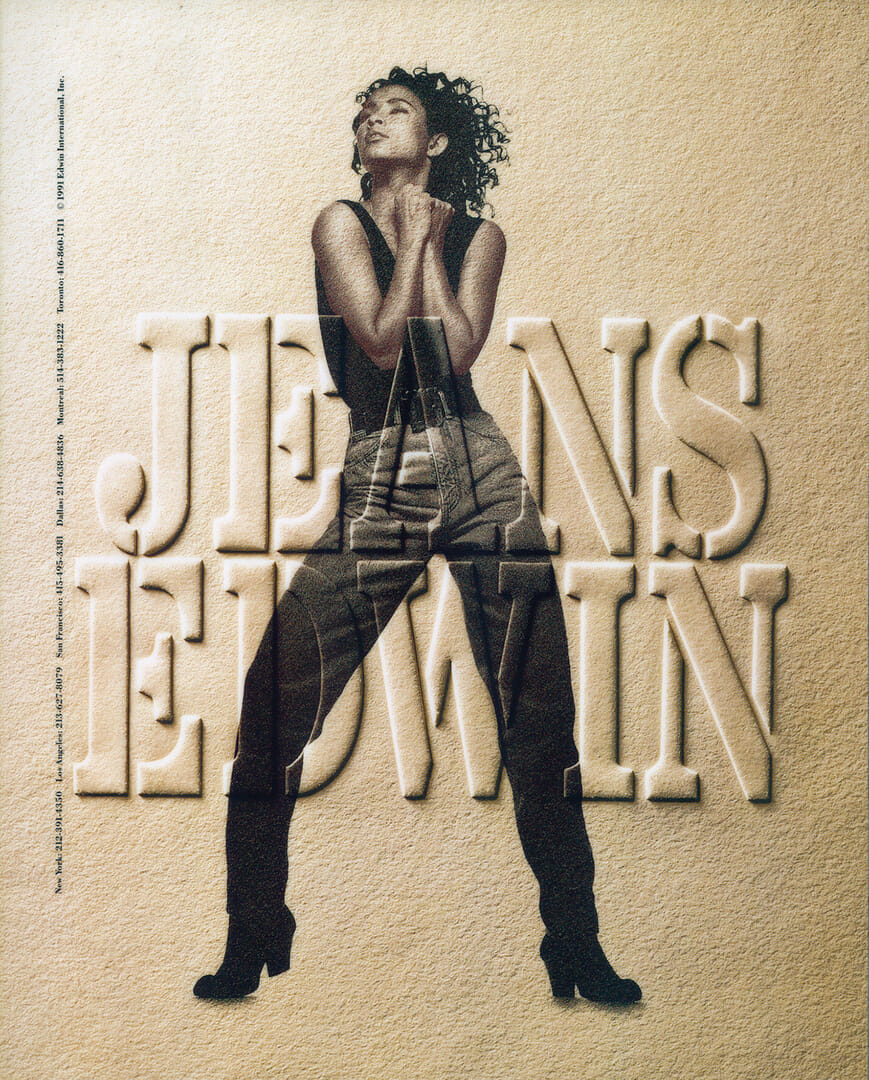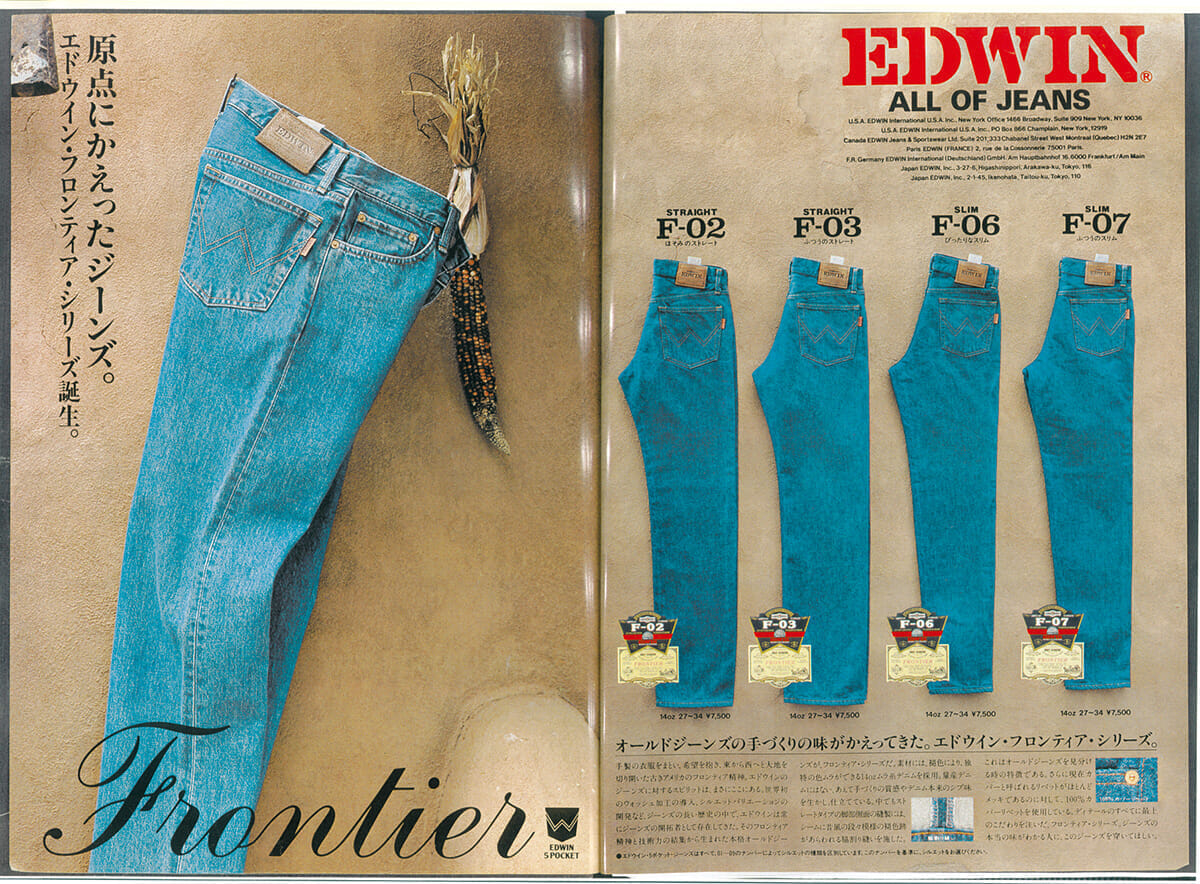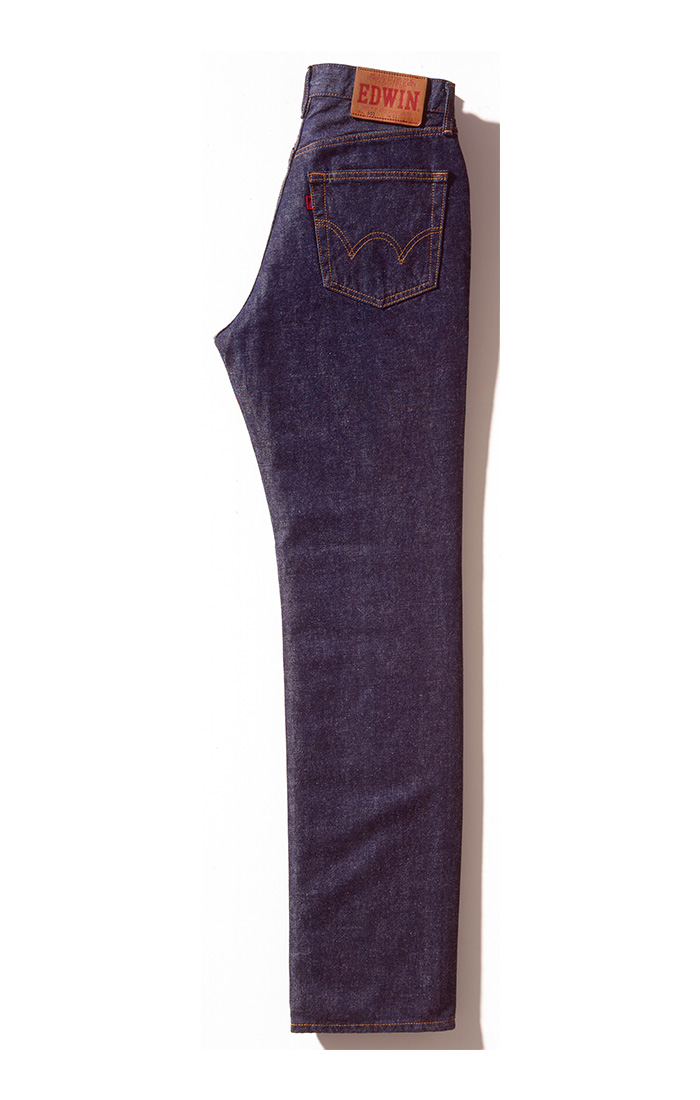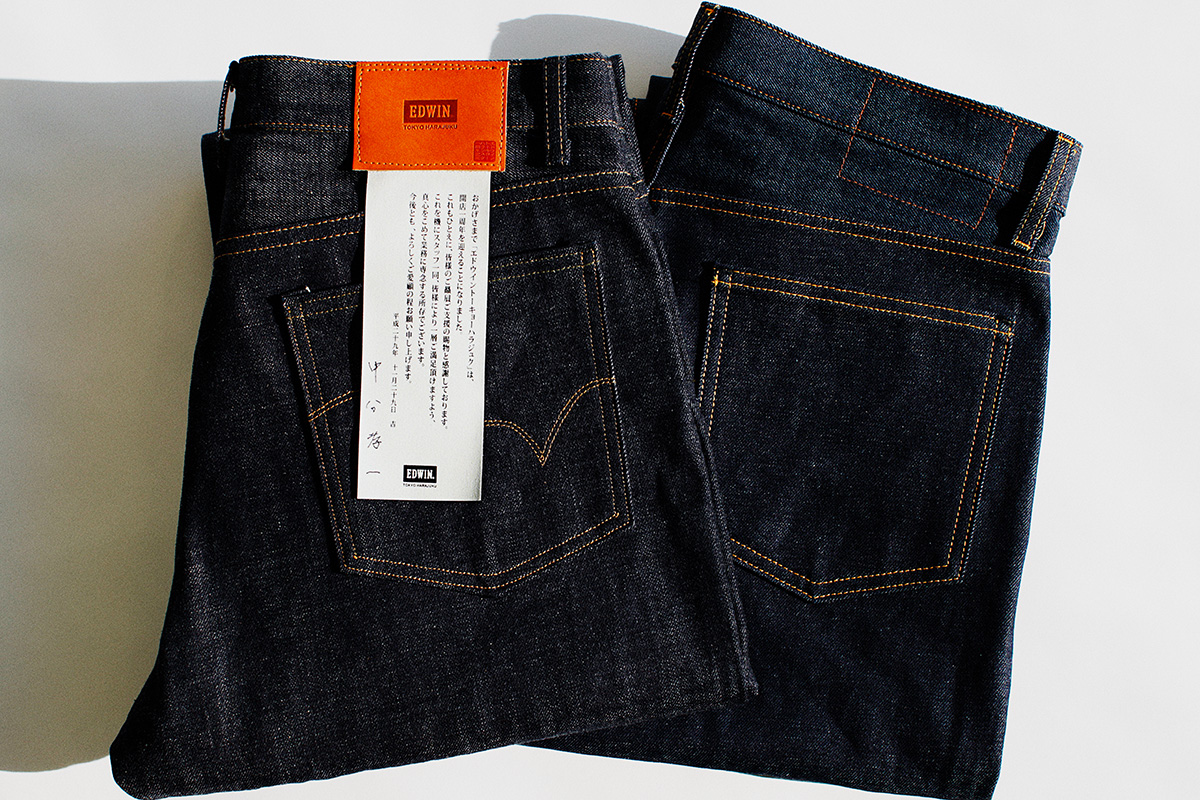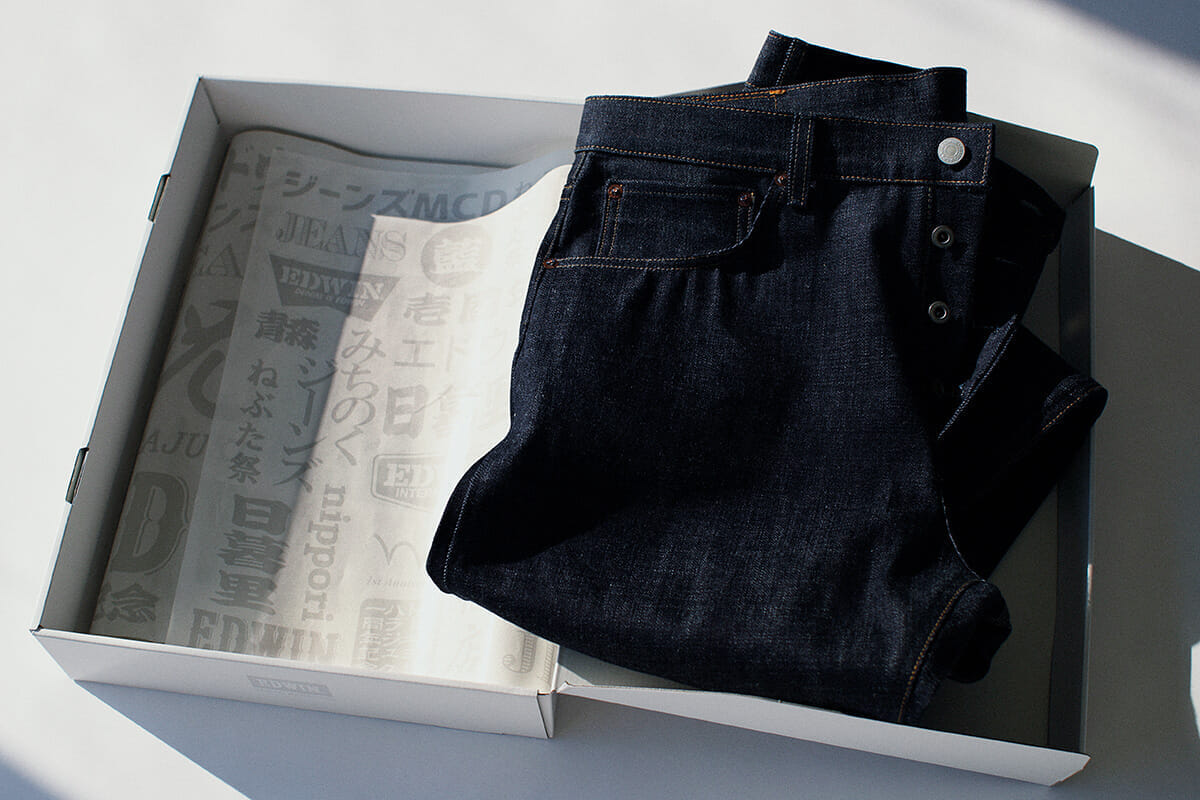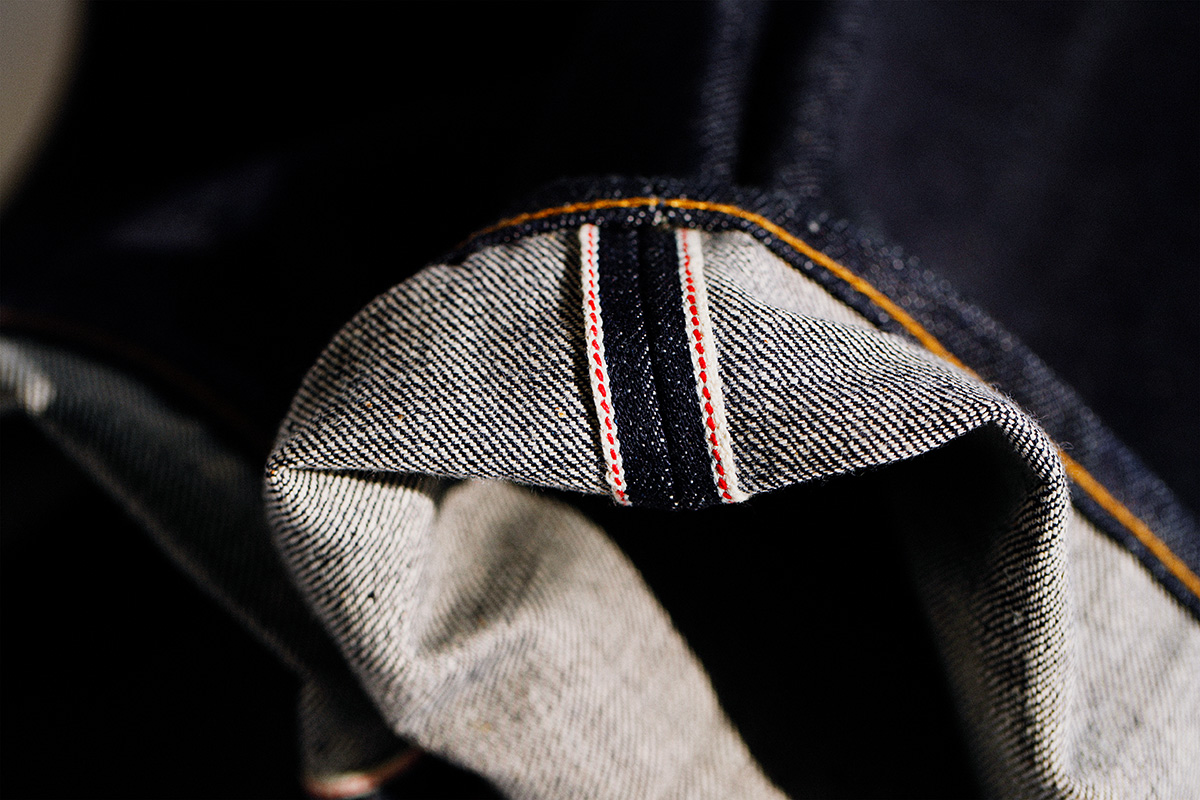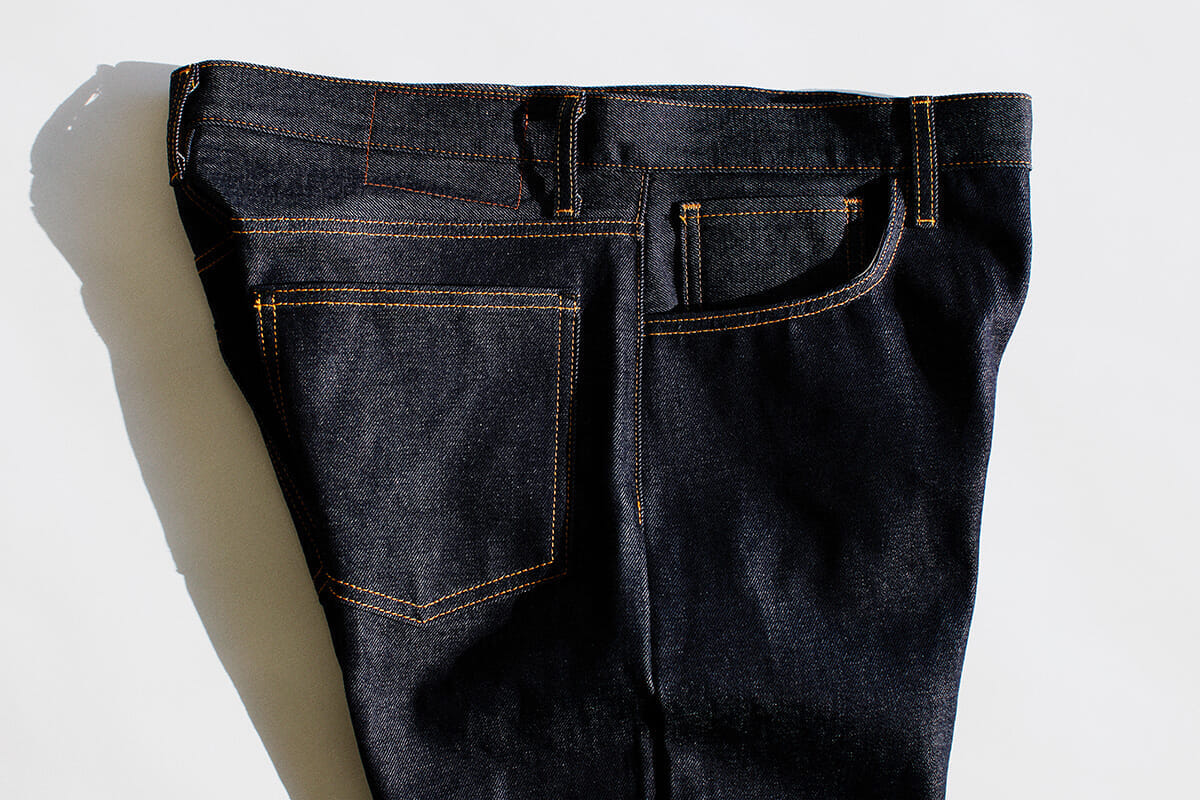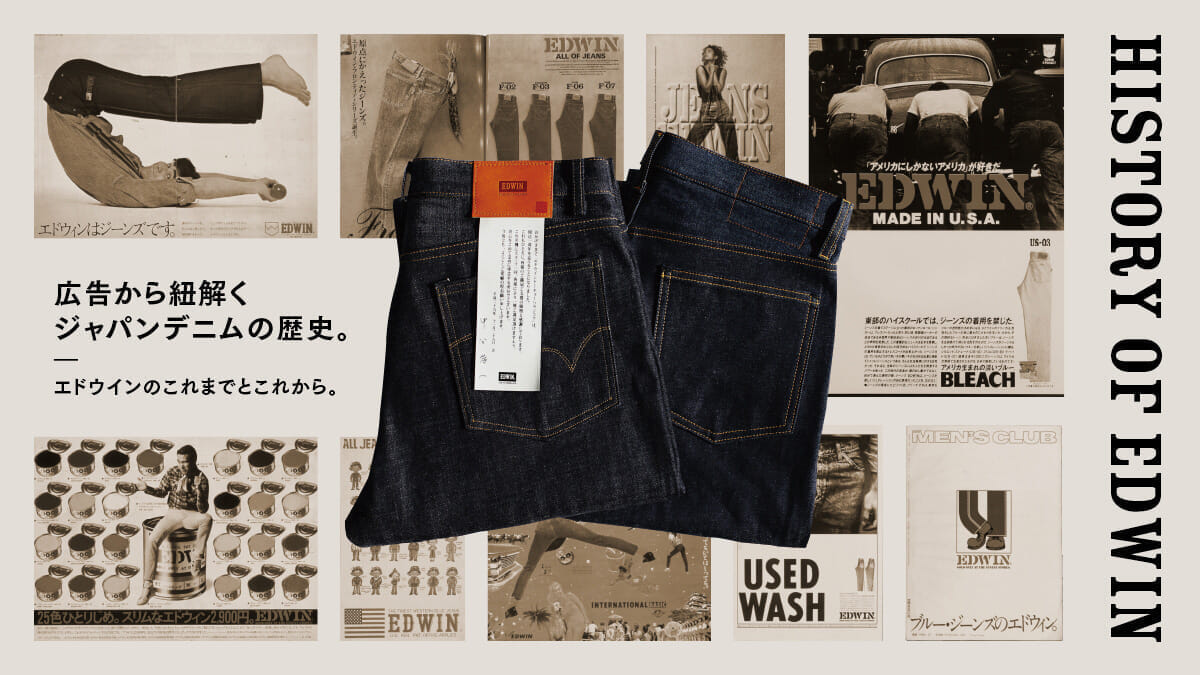
HISTORY OF EDWIN
The history of Japanese denim as revealed through advertisements. The past and future of EDOIN.
Denim was born in the United States as workwear and has long since become a major fashion item. In Japan, denim became popular and established after World War II, and the brand that played a leading role was EDWIN. EDWIN has always been a leader in the Japanese denim scene, creating new trends with its unique techniques and ideas. A look at EDWIN's advertisements over the years reveals the history of Japanese denim.
- Text_Tetsu Takasuka
- Edit_Yosuke Ishii


